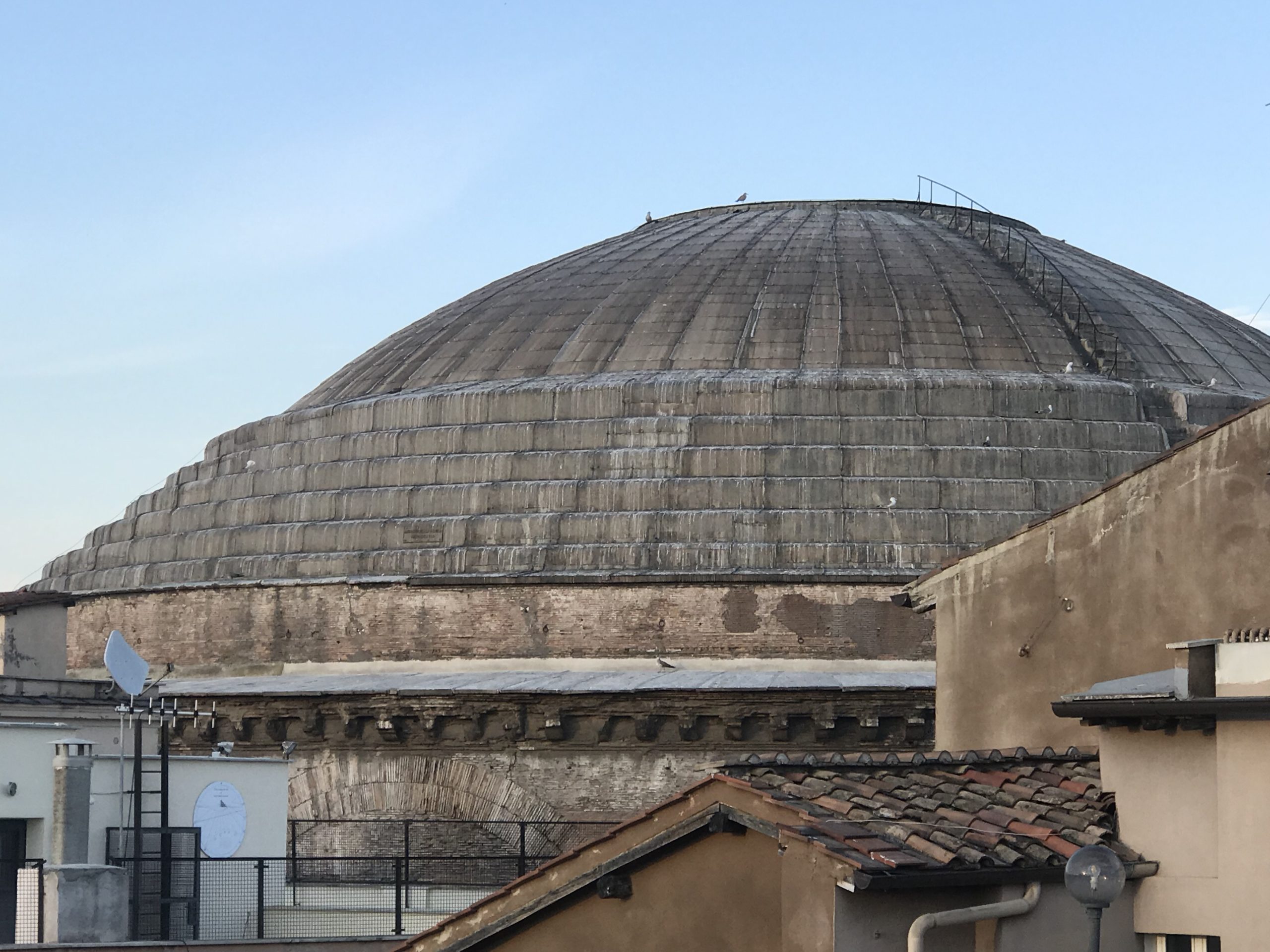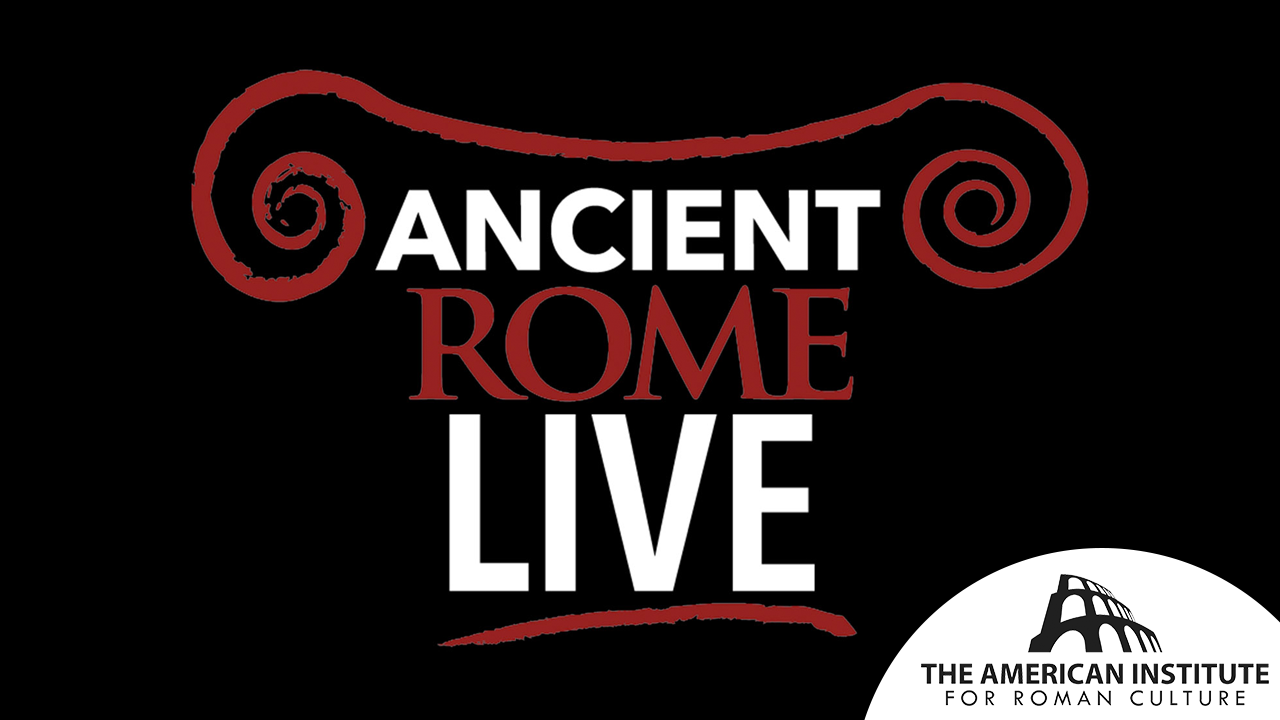Many incredible Roman architectural and engineering projects have been built and lost over the centuries, but some are still visible in Rome today.
One of them is the Cloaca Maxima. Early records date the structure to the reign of King Tarquin the Proud, who is said to have ruled at the end of the 6th century BCE. This project was revolutionary for its time, applying hydraulic and topographical knowledge. In building the Cloaca Maxima, the marsh located in the valley between the Capitoline and the Palatine hills was drained, with the water emptying into the Tiber via the natural flow of gravity. It is believed that the Cloaca Maxima was originally an open-air canal that collected water descending from the hills, and was later enclosed during the reign of Augustus. It ran through the Roman Forum, clearing and drying the area. It was built with blocks of tuff and is still in place today.
Another essential engineering feature from the Regal period was the Servian Wall. It is attributed to King Tarquin Priscus and his successor, King Servius Tullius, placing its construction from around the end of the 7th century BCE to the middle of the 6th century BCE. The wall consists of both Cappellacio tuff which was used in construction from the 8th century BCE, and Grotta Oscura tuff which dates to the 4th century BCE, indicating later additions and modifications to the wall. The Servian Wall surrounded an area of four kilometers and included the Roman Forum and most of Rome’s hills, some portions are still visible today.
The many aqueducts showcase ancient Roman’s mastery of engineering. Aqueduct projects began in the middle of the Regal period and continued until the middle of the Imperial period. As the city of Rome and its population grew exponentially, it became necessary to seek out additional sources of water. The aqueducts served as a conduit, using the flow of gravity to direct water from lakes, rivers, and springs at higher elevations into the heart of the city.
The history of ancient Roman architecture includes Vitruvius, an architect and engineer from the 1st century BCE who wrote the treatise De Architectura: a collection of 10 books that meticulously described many aspects of architecture, including materials, indoor decoration, religious temples, public buildings, and private residences. The architectural ideals recorded in his treaties were deeply rooted in Greek models, and served as a handbook to Roman architects, particularly during the revival of interest in ancient architecture during the Renaissance.
Bibliography
- “Rome: An Oxford archaeological guide” by Amanda Claridge, with contributions by Judith Toms and Tony Cubberley. – https://doi.org/10.1017/S0003581511000230
- “Rome and Environs: An Archaeological Guide.” by Filippo Coarelli, James J. Clauss, and Daniel P. Harmon. – https://doi.org/10.1086/AJS20627558
- “A New Topographical Dictionary of Ancient Rome.” by L. Richardson, Jr. – https://doi.org/10.2307/301066
- “Roman Building: Materials and Techniques by J.P. Adam” reviewed by Roger B. Ulrich – https://doi.org/10.2307/530199
This content is brought to you by The American Institute for Roman Culture, a 501(C)3 US Non-Profit Organization.
Please support our mission to aid learning and understanding of ancient Rome through free-to-access content by donating today.
Cite This Page
Cite this page as: Darius Arya, The American Institute for Roman Culture, “Introduction to Ancient Roman Architecture & Engineering” Ancient Rome Live. Last modified 10/24/2019. https://ancientromelive.org/introduction-to-ancient-roman-architecture-engineering/
License
Created by The American Institute of Roman Culture, published on 10/24/2019 under the following license: Creative Commons: Attribution-NonCommercial-ShareAlike. This license lets others remix, tweak, and build upon this content non-commercially, as long as they credit the author and license their new creations under the identical terms. Please note that content linked from this page may have different licensing terms.



